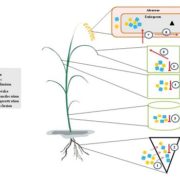
Strategy for enhancement of iron and zinc in biofortified rice
Blog, Plant Science Research Weekly, Research, Research BlogPolished white rice is a major food source for much of the world but is not a good source of the essential micronutrients iron and zinc. Like microbes, plants enhance their uptake of iron from the environment by synthesizing small “iron carrying” molecules called respectively siderophores or phytosiderophores…
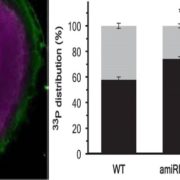
Phosphate transfer from maternal tissue to embryo
Blog, Plant Science Research Weekly, Research, Research BlogMany nutrients move through the plant body via the phloem. The developing embryo, which depends on the maternal plant for its nutrients, is not directly (symplastically) connected to maternal tissues, so nutrients must be exported across membranes to reach the embryo. PHO1 was identified previously as…
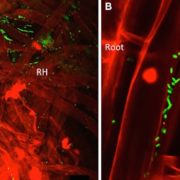
A root hair-seeking endophytic microbe from an unusual volcanic swamp corn enhances phosphate uptake
Blog, Plant Science Research Weekly, Research, Research BlogIn plants the location of microbes to specific cell types, including endophytes, is still scarcely described in contrast with the situation in the animal kingdom. Shehata et al. describe a bacterial endophyte (Strain 3F11, possibly Enterobacter asburiae) from Zea nicaraguensis, a wild corn growing at…

The role of botanical gardens in species conservation
Blog, Plant Science Research Weekly, Research, Research BlogBotanical gardens are sanctuaries where plant diversity is celebrated, conserved, studied, and shared. As more species are put under pressure from anthropogenic activities, the importance of botanical gardens in preserving and protecting threatened species is increasing. A recent study on the role of…
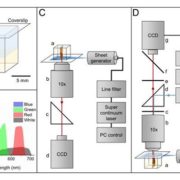
What We're Reading: October 27th
Blog, Research, Research Blog, WWR Full PostReview: Outer, inner and planar polarity in the Arabidopsis root
Despite vast differences across all living organisms, most eukaryotes display some form of cellular polarity which enables them to carry out specialized functions. The coordination of cell polarity within a single tissue layer is known…
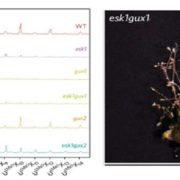
An even pattern of xylan substitution is critical for interaction with cellulose in plant cell walls
Blog, Plant Science Research Weekly, Research, Research BlogPlant cell wall architecture is a very complex specific design and the interaction between xylan and cellulose is believed to be that way too. Grantham et al. reveal the details of the association between xylan and cellulose using mass spectrometry and NMR in Arabidopsis. ESKIMO1 (ESK1) is a xylan-specific…
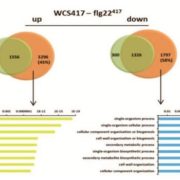
Signatures of adaptation to mutualists revealed by root transcriptional dynamics
Blog, Plant Science Research Weekly, Research, Research BlogA plant's rhizosphere consists of a huge array of pathogenic microbes many of which can trigger defense responses, leading to decreased growth. On the other hand, beneficial microbes such as rhizobacteria promote growth and can induce systemic resistance while suppressing local immune responses. A recent…
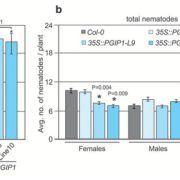
Damage-associated signals differentially impact nematode parasitism
Blog, Plant Science Research Weekly, Research, Research BlogRoots must protect themselves from a diverse range of microbial and animal pests. To accomplish this, plants have evolved sophisticated signalling machinery to detect the presence of these pests or to quickly react to the damage that they cause. In a recent study, Shah et al. identified host receptor…
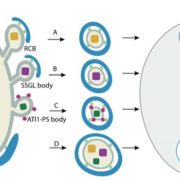
Update on autophagy: Dynamics of autophagosome formation
Blog, Plant Physiology, Plant Physiology: Updates, Research, Research BlogBy Junmarie Soto-Burgos, Xiao-Hong Zhuang, Liwen Jiang, and Diane C. Bassham
Autophagy, literally defined as “self-eating”, functions as a degradation process by recycling cytoplasmic contents under stress conditions or during development. Upon activation of autophagy, a membrane structure known…

